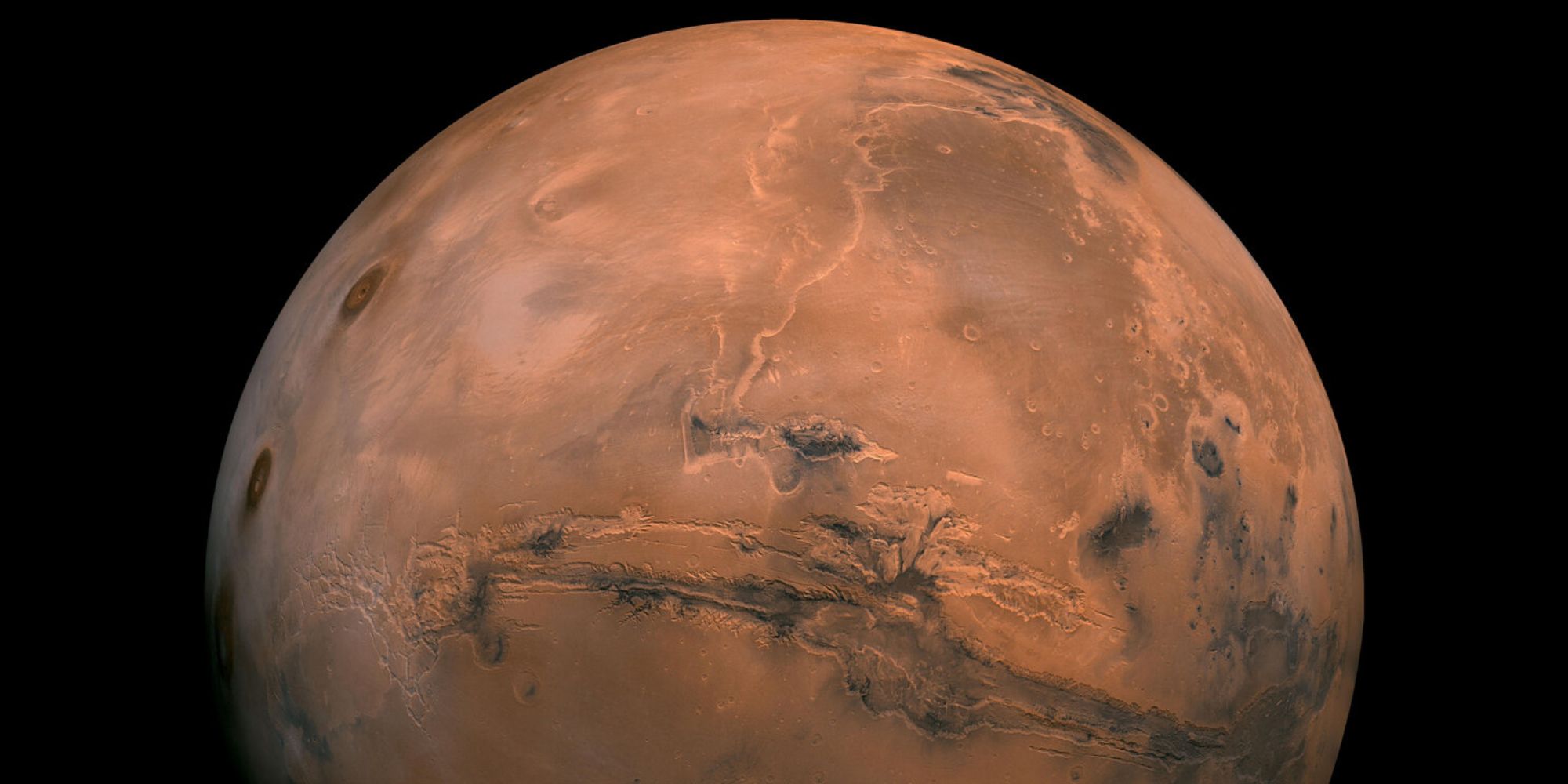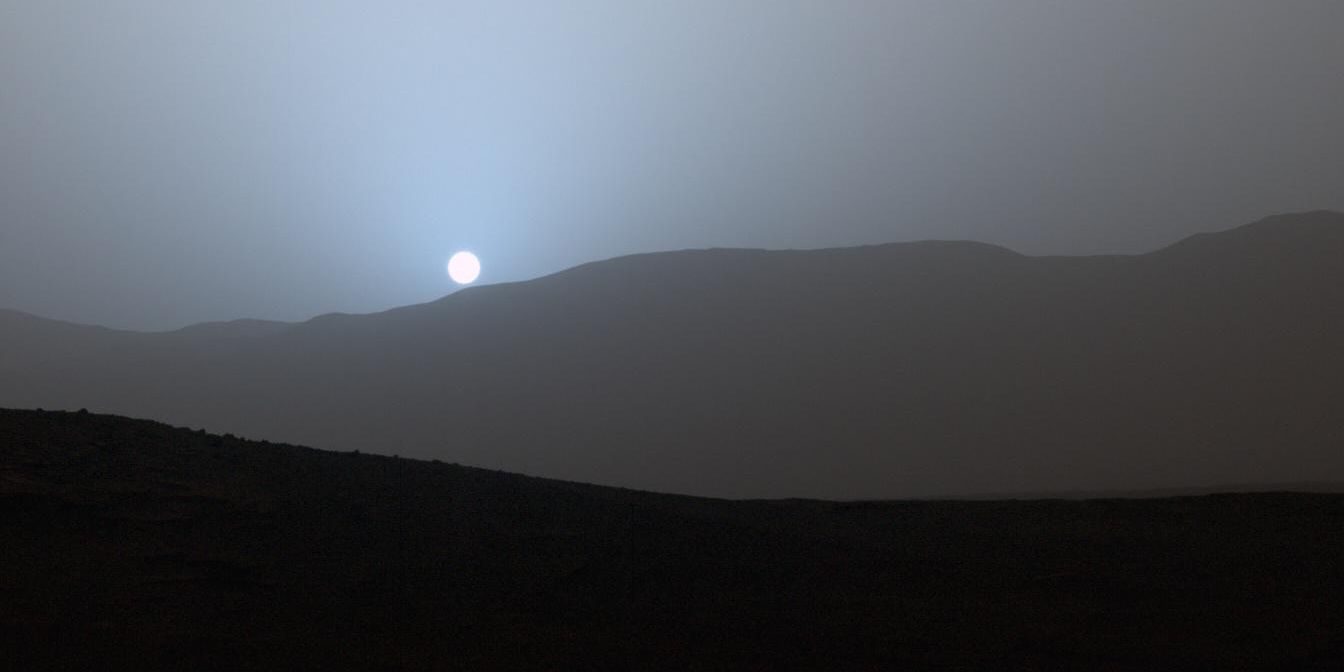
A future with people flying through space to live on Mars might be closer than any of us realize, and whenever that eventually happens, those Martian humans will have to adjust to very different days than what we have on Earth. The idea of humans going to Mars has been an ongoing fascination for years. The Red Planet is a relatively close neighbor, is believed to have once been home to ancient life, and is often a focal point in various forms of science fiction. Out of all the planets in the Solar System, it's the one that's captivated the most interest.
That captivation has resulted in countless studies and missions revolving around Mars. NASA's sent numerous rovers to the planet, conducted rigorous observations about Mars' environment, and even has plans to send the first humans there in 2030. Whether these missions produce revelations about Mars' ancient lakes or photos of mesmerizing rocks, everything goes towards the goal of understanding the Martian planet better than we did before.
When discussing visiting or living on another planet, one of the most interesting things to consider is how long a full day is. In the case of Mars, future humans that go there will be treated to more time than they're used to. According to NASA, a full day on Mars is 24 hours and 37 minutes — just slightly longer than the 23 hours and 56 minutes it takes for the Earth to make its orbit around the Sun. While that's not too drastic of a difference day-to-day, it means that one year on Mars takes 687 Earth Days to complete.

The reason for these longer days and years? It all has to do with Mars' relationship to the Sun. As a reference point, Earth is 93 million miles from the Sun and has an orbiting speed of around 67,000 miles per hour. By comparison, Mars is 142 miles from the Sun and has a slower orbit speed of under 54,000 miles per hour. Mars is considerably further away from the Sun, travels much slower around it, and that's why time moves a bit slower on the Red Planet.
This further distance from the Sun doesn't just impact time. The extra 49 million miles between Mars and the Sun also means the planet is much colder than it is on Earth. Where Earth has an average surface temperature of 57°F, the average temperature on Mars is -81°F. Furthermore, The longer days/years also mean that seasons on Mars are longer. As NASA explains, "Over extended Martian winters, the shorter days and reduced sunlight mean that solar-powered spacecraft sometimes have to carefully conserve their energy."
All of this serves as a great reminder of just how alien Mars really is from home on Earth. It might be nearby and have fairly similar days, but everything about those days is much different. There may very well be a future with humans living and thriving on Mars, but it'll take a lot of work and research to get to that point.
from ScreenRant - Feed https://ift.tt/3DKqyMY

0 Comments